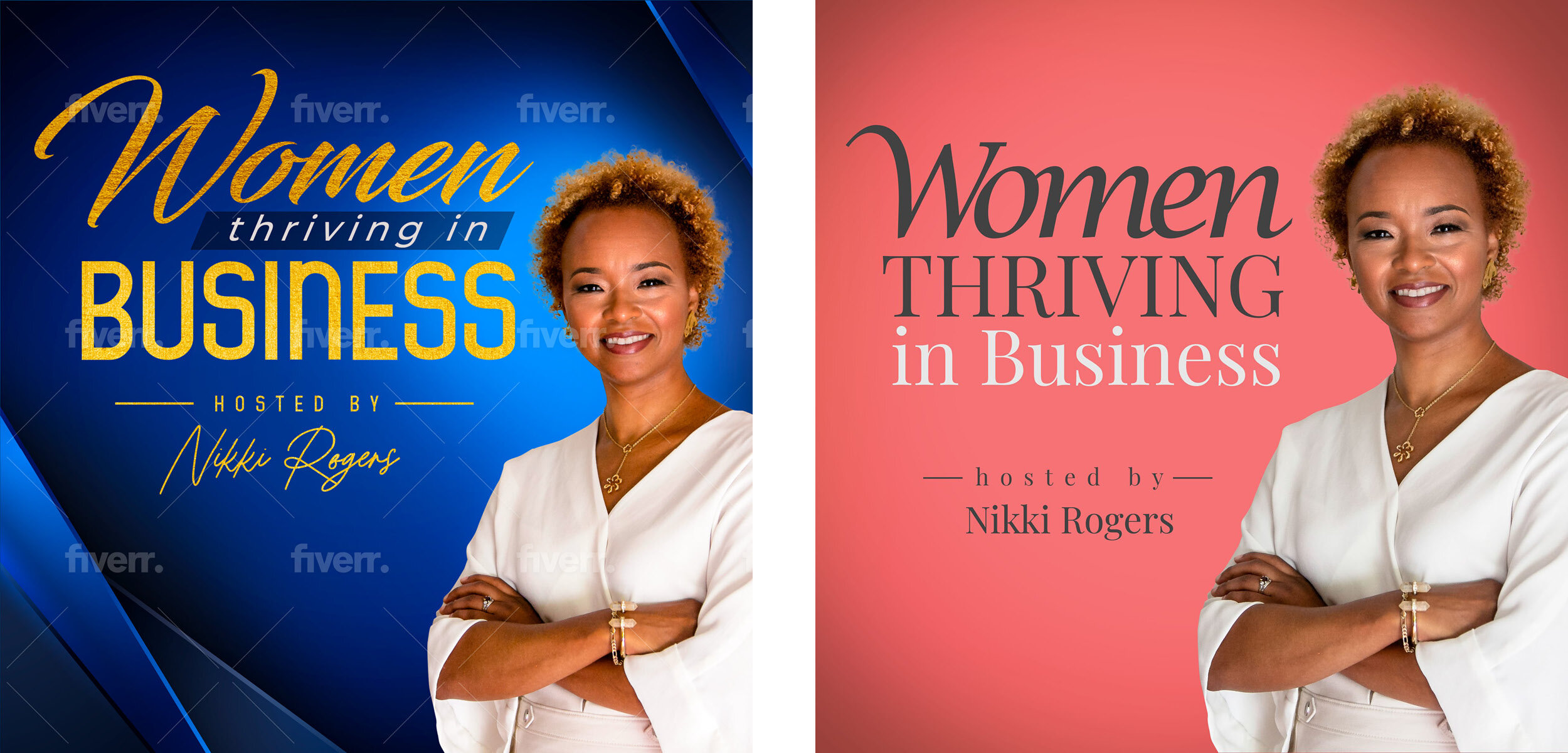Stop Crowdsourcing Your Brand
Over the past couple of months, I was reminded again what a gift it is to work with women who know what they stand for and how they want to show up, are open to expert advice, and resist the temptation to “crowdsource" their brand.
Few things frustrate me more than seeing a well-intentioned business owner sharing a potential design, logo, color palette, or social media graphic in a huge Facebook group or Instagram scroll and asking what everybody thinks or—worse—“which one do you like better?”
Your brand is not a popularity contest.
That’s crowdsourcing—asking opinions from the masses instead of dialing in on what really matters.
It’s the most confusing, absolute worst way to get feedback on these critical components of your business because:
1 | It's a waste of your time and energy—two things you may already be lacking. They can’t give you useful feedback if they don’t know you and aren’t your ideal clients.
2 | It leads to “herd mentality”—our human nature to mimic or be swayed by the opinions of those around us. Or the rebels in the group may decide to go against the grain just for fun. But it’s not fun for you.
3 | Asking for feedback from everyone means you’re trying to appeal to everyone, and you already know that’s a bad idea.
4 | It’s downright confusing and overwhelming and will almost always make you second-guess yourself. Your brand should make you more confident, not more confused.
Occasionally my clients will also ask if they should get input from their friends or colleagues as we’re working through the branding process, so here’s my best advice.
As a business owner, you know your business better than anyone else.
Stand in that confidence and make the best decision for you. Revisit your brand keywords and keep them front and center. (When we work together, this is why your Brand Strategy is so important.) If your business is a small team, then by all means include your team here.
(If you need help defining your keywords, read this.)
In making decisions, ask yourself:
Does this communicate what I want to say through my visuals?
Does it have the right vibe?
How does it make me feel?
And most importantly, does it feel like me—the “me” I am now and the “future me” I’m becoming?
Bonus pro tip:
When creating graphics, be sure you’re highlighting what's most important. For example, Nikki was launching a podcast called “Women Thriving in Business.” In her first design on the left, she was unintentionally emphasizing “women” and “business,” although her podcast was more about “women thriving.”
In addition to having 5 different fonts and 3 textures, it also looks a very corporate, without the warm, classy, feminine vibe she wanted. With a little brand coaching on Facebook, she arrived at her final design on the right which really communicates what matters most to her and her audience.
If you really can’t imagine NOT asking someone else’s opinion, here are 3 possibilities.
1 | Ask a professional in branding, design, or marketing. After you share with them your brand direction and ideal clients, they should be able to help you make an informed decision.
2 | Ask a “biz bestie” or someone who really gets you from a business or professional perspective. This is probably not your spouse or best friend from high school. This could be someone in your mastermind or network, a peer, or a colleague—someone who understands you and will be honest with you.
3 | Ask your ideal client, one whom you’ve worked with in the past or whom you’d like to work with in the future.
If you have one or two people who really understand you and your business, ask for their feedback privately and individually to avoid the "herd mentality” I mentioned earlier. Your questions to them need to be very specific.
How does this make you feel?
What words come to mind when you see this?
Does this represent me accurately? If so or if not, why?
Don’t ask if they like it! You want them to use descriptive words, words that should align with the brand keywords you’ve already set. The goal is not to change your keywords to fit the design but rather to bring the design in alignment with your brand.
Think of it like talking to teens. We all know not to ask them if they had a good day (“yes" or “no") or how was their day (“fine"). Instead, begin a conversation with “tell me something funny/interesting/annoying that happened today.” With teens I find the result to be only marginally better; with grown adults, you’ll have much more success!
But remember, asking what others think is not required. Above all, trust your gut. Asking the opinions of the masses is a slippery slope that only leads to confusion and a watered-down brand. This is NOT what I want for you and, I believe, not what you want either!
Crowdsourcing on social media platforms can be a valuable tool for conducting research, gathering client language, understanding their frustrations, and discovering how you can help. It’s also a great place to connect with and be of service to others. Just be sure you’re using the right tool for the right job!
Of course, if figuring it out by yourself is frustrating, confusing, or wearing you down, then let’s chat and make the process easier for you.


